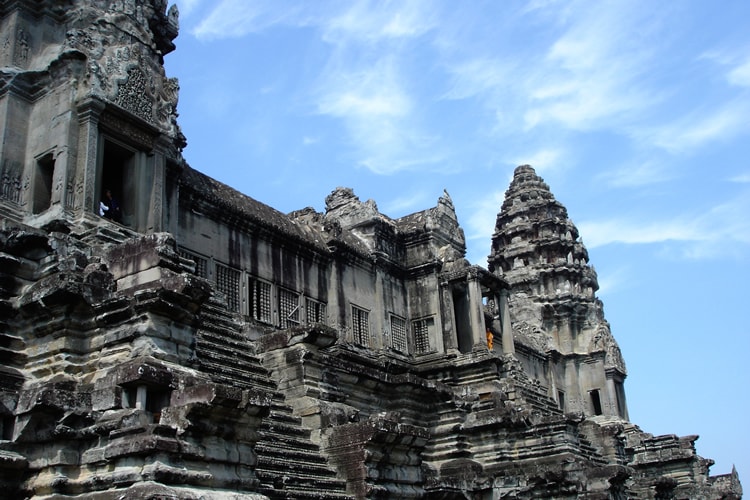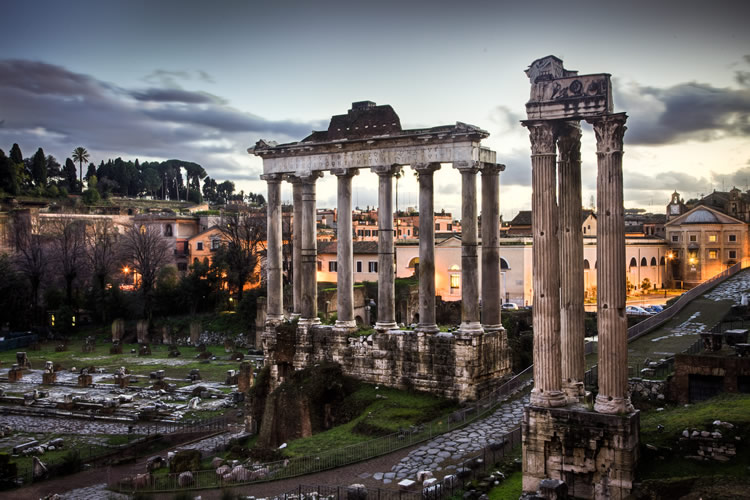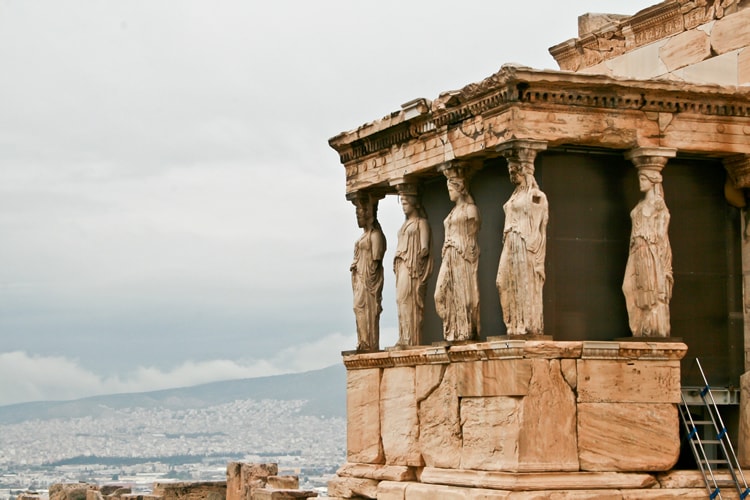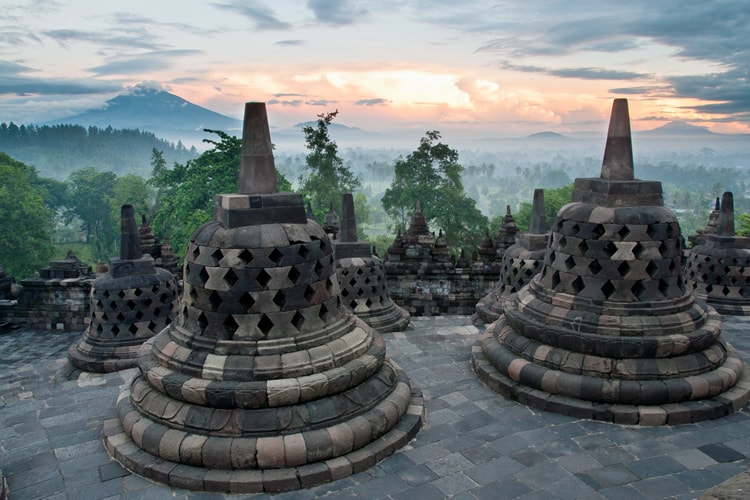For Archeology Buffs – 7 Ancient Sites Perfect for Photography
People find themselves attracted to photography for different reasons. Some found themselves simply lured by the interesting world of photography, while others love the idea of creating something. A number of people got into photography by accident, often because their profession or interest led them to it.
Travel buffs, for example, almost always get into photography because they take photos of all the places they visit. It is the same for archeology aficionados.
Archeologists have long used photography to help them do their job better. Aerial archeology has existed for years and helped a lot of archeologists study remains from an altitude. It is believed that studying archeological remains from a high vantage point will help one to take notice of the even the finest details and understand their relationships with the general surroundings.
Additionally, aerial archeology can help those who want to view large sites in the most accurate manner possible. It is also easier to discover or find archeological sites from an aerial viewpoint as some archeological features are often more visible from up above compared to when you’re on the ground.
Top Ancient and Historical Sites for Archeology Buffs to Photograph
Nowadays, however, archeology and photography go beyond the aerial archeology connection. As there are a lot of archeology buffs today, taking photographs of archeologically defined places or sites have become quite a common practice. Even professional archeologists use photography for taking a closer look at sites and ruins. Not from an aerial vantage point, but down on the ground, right by the archeological artifact.
As such, going around the world and finding the best places to photograph has become more than just a hobby for archeology buffs and archeologists. Here are some ancient and historical places that any archeology-photography buff would love to capture with his lens.
Angkor Wat, Cambodia

photography by felixtriller.
Built sometime in the 12th century by Khmer King Suryavarnman II, Angkor Wat is one of the world’s most preserved temples and largest religious monuments. Its Khmer architecture has made it a prime attraction for people from all over the world, archeologists included. This temple, dedicated to the Hindu god Vishnu, will be a good subject for archeologists and photographers who want to marvel at the structure of its five towers, all intended to represent the home of Hindu mythology’s devas, Mount Meru.
Machu Picchu, Peru

photography by Jared Smith
The 15th century Inca site in Peru known as Machu Picchu is a sight to behold above or on the ground. Built around the year 1450 by the Incas, its outlying building underwent reconstruction so that people will be able to capture its original structure. Even with the reconstructions, Machu Picchu is still an archeological wonder, especially since it was built high above the mountains. A lot of stories are sure to abound at the site.
The Stonehenge, England

photography by Qalinx
The Stonehenge was one of the first archeological sites that were captured through aerial photography. This prehistoric monument in England is a popular tourist wonder. Its standing stones are an architectural – and archeological – wonder. The types of stones used for this ancient structure are said to be Bluestone, Welsh Sandstone and Sarsen.
Many stories abound about the reason for building the Stonehenge. Some say it was for something related to astronomy, while other sources say it was built as a human sacrifice. Archeologists and archeology buffs have studied this ancient wonder time and again, but many continue to be baffled by it – which makes it a completely interesting photography subject. Maybe the camera lens can capture something that can tell us more about the people who built the structures.
The Forum, Rome

photography by Benson Kua
The Forum was ancient Rome’s life. It was where practically everything was held. Thus, all the arches and structures can tell a lot of stories – from festivals to rituals and celebrations. It is also important to remember that The Forum was often referred to as a marketplace, so one can just imagine everything that went on in the rectangular plaza.
Another interesting fact about The Roman Forum is that it somehow became the center of the city, literally. The city actually grew around it. Perhaps, the many archeological expeditions and excavations can tell us something more about this.
The Acropolis, Greece

photography by Courtney Collison
One of the most popular historical sites in the world, The Acropolis, like The Roman Forum, was an integral part of ancient Greece. It is where the Pantheon and a number of other buildings and monuments are found. Most of these were constructed sometime in the 5th Century BC.
It has gone through a lot of stories: the Persian Wars (which burned it); the Hellenistic, Macedonian and Roman periods; Christianity (where the Pantheon became the Cathedral); and many more conquests, wars and invasions. Through it all, this UNSECO World Heritage site stood tall and proud.
Borobudur Temple, Indonesia

photography by Justine Hong
Indonesia’s most visited tourist attraction, the Borobudur Temple, is also a popular pilgrimage choice of many Buddhists from all around the world. This ancient structure has ruins that can tell stories as far as the 9th century. Abandoned in the 15th century, the temple was rediscovered 400 years after. Volcanic ashes and other similar elements cleaned it off when Mount Merapi erupted in 2010. Today, a preservation program keeps the temple protected.
The Colosseum, Rome

photography by George Rex
One can have a different kind of feeling when he or she finds himself or herself inside The Colosseum in Rome. One of the greatest symbols of Roman architecture, the amphitheater was used in many public spectacles, especially for gladiatorial contests. It was also used for executions and mock sea battles. Constructed sometime in 70AD and completed in 80AD, The Colosseum later became a Christian shrine.
This UNESCO World Heritage Site is one of the world’s most visited places, and archeology buffs will definitely find a lot of interesting and intriguing things to photograph here.
Conclusion
These are just some of the ancient and historical sites archeologists and archeology buffs will find interesting to photograph. The best way to find more places like this is to travel around the world – something archeologists wouldn’t mind doing.
